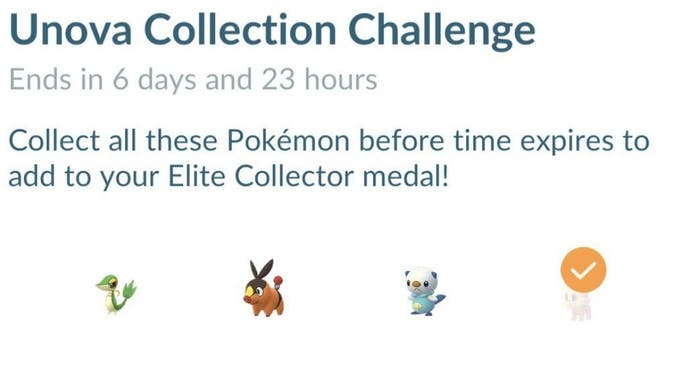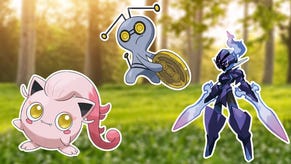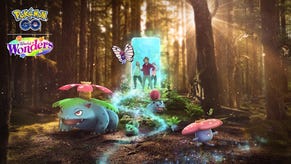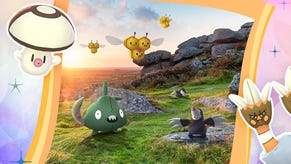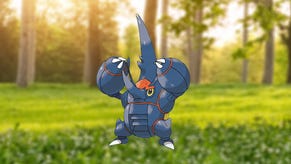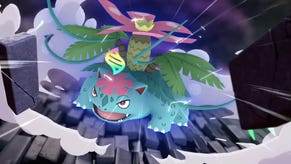Here's our first look at Pokémon Go's new collection challenges
Crystal ball.
Pokémon Go has been readying its new collection challenge gameplay for some time - and today we got a first look at how it'll work.
This new type of challenge will provide a literal checklist of Pokémon species to snag within a limited event window, with some more difficult to find than others.
Collection challenges will live within Pokémon Go's Today screen, designating them as Timed Research. There will also be a new profile medal - Elite Collector - for completing various ones.
The first collection challenge is due to go live for everyone tomorrow, 5th January, at the beginning of the game's upcoming Unova event. Certain players got an early look at it today as part of a test/mistake by developer Niantic, and here's how it'll work.
As posted to top Pokémon reddit TheSilphRoad, catching a species will see it ticked off your list. Early indications suggest you will have to physically acquire each species yourself - you can't just have another player trade them over, and evolved Pokémon will need to be found fresh, rather than dug up from your existing collection.


To start with, the Unova collection challenge appears relatively straightforward, though with the associated event yet to begin, we're not sure how common spawns of rarer creatures like Ferroseed will be. Pleasingly, there's none here which will specifically require you to use incubators to hatch eggs or passes to raid.
Collection challenges are the first gameplay addition to Pokémon Go in 2021, and will be integral to the game's upcoming ticketed Pokémon Kanto Tour event. That is set to challenge players to catch every creature from the game's original 151 species, with all 151 species to be available in their Shiny variations - many for the first time.
